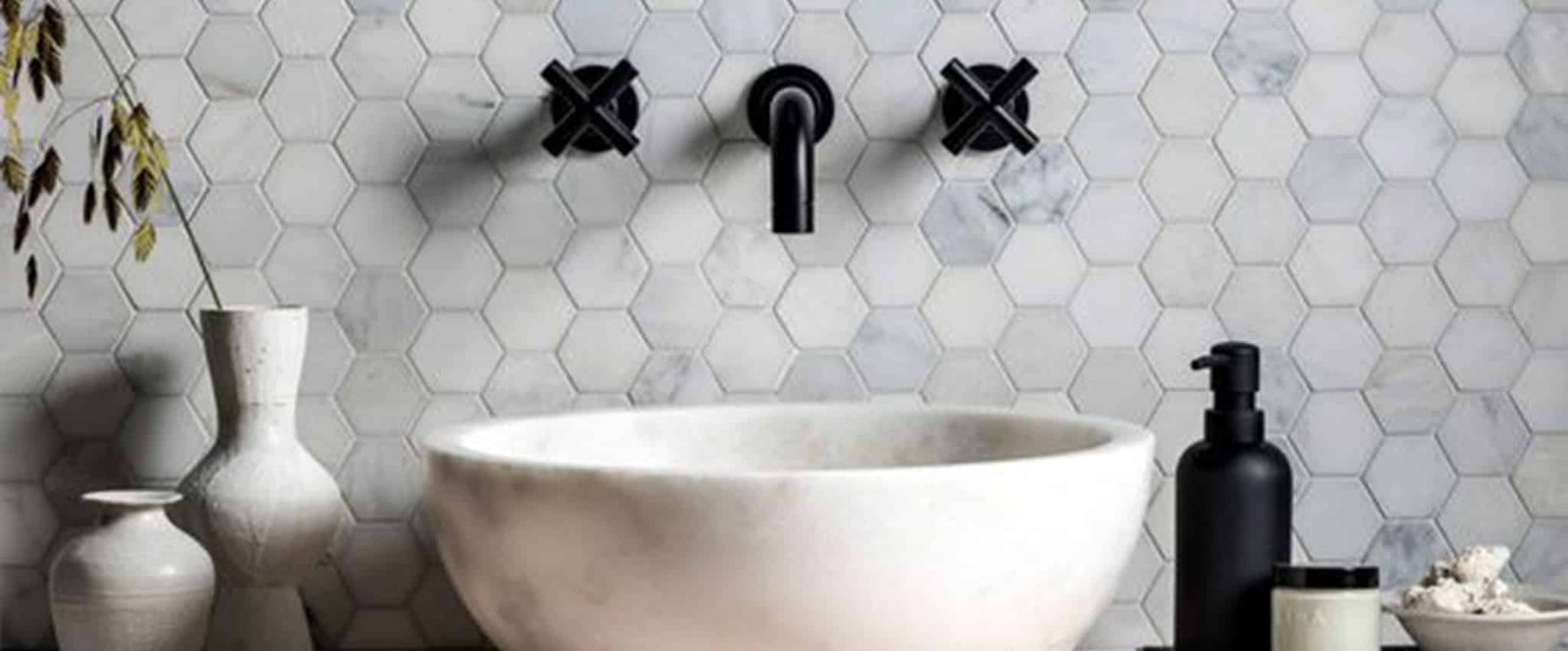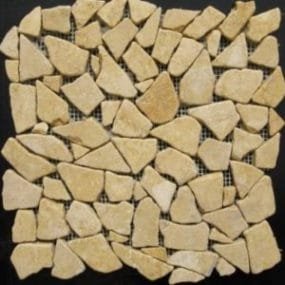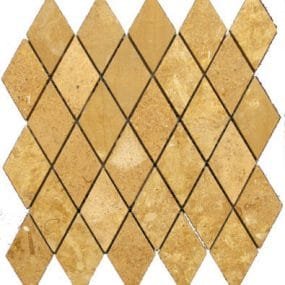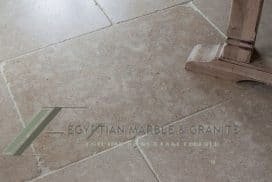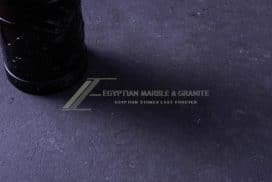Stone Mosaics
Stone mosaics are exquisite works of art created by arranging small, individual stone pieces into intricate patterns or designs. They are not only a technique of decorative art but also hold significance in interior decoration and cultural contexts, such as in cathedrals and historical sites. They utilize a variety of natural or engineered stones, including Marble, Granite, and Limestone, to craft these intricate and visually captivating compositions. The process of creating stone mosaics involves meticulous craftsmanship, where each stone piece is carefully selected and placed to create a harmonious and striking arrangement.
These mosaics can be found in various architectural applications, including walls, floors, murals, and even furniture, adding a touch of timeless beauty and sophistication to any space. The use of different stone types allows for a diverse color palette and texture variations, enabling artists and designers to create unique and captivating designs that reflect both artistic expression and the inherent beauty of the natural or engineered stones being used. Whether adorning the floors of ancient cathedrals or adding an artistic statement to modern interiors, stone mosaics showcase the artistry, craftsmanship, and enduring allure of this ancient decorative technique.

